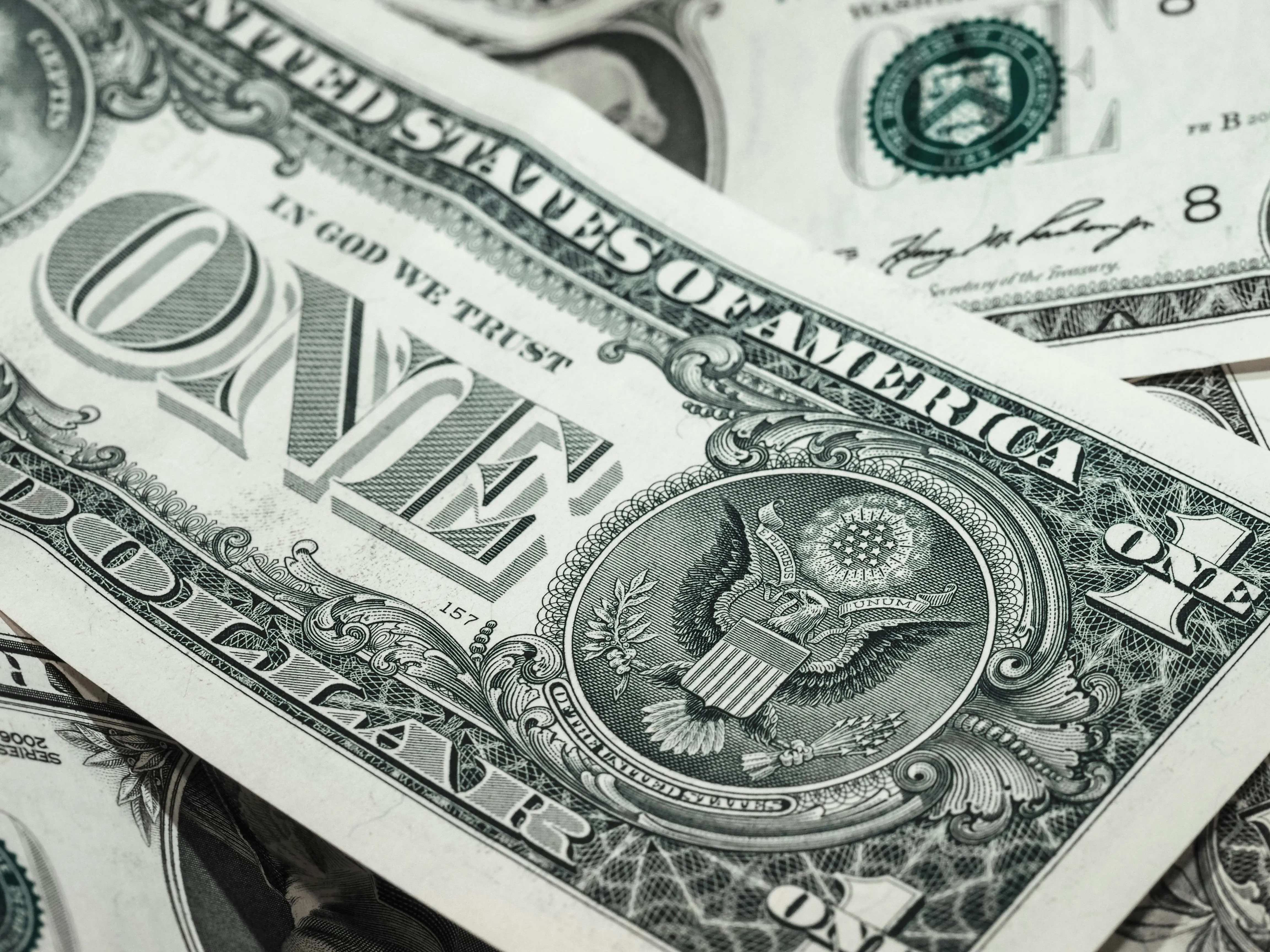From Doge to Dollars: Unpacking Elon Musk’s Twitter Takeover
Elon Musk’s acquisition of Twitter in late 2022 was one of the most talked-about deals in recent history, sparking endless discussions about free speech, social media influence, and the billionaire’s own eccentric brand. But how did he actually pull off financing such a massive purchase? Buckle up, because we’re diving into the financial gymnastics behind Musk’s Twitter takeover!
The Starting Point: A Visionary (and Controversial) Idea
Musk had been vocal about his dissatisfaction with Twitter’s direction for some time. He believed the platform stifled free speech and was too focused on censorship. This frustration, coupled with his own massive online presence, led him to make a bold move: acquiring the entire company.
The Initial Offer: A Whopping $44 Billion
In April 2022, Musk made a public offer to buy Twitter for a staggering $44 billion. While this seemed like an astronomical sum (and it was!), Musk already had a significant head start thanks to his personal wealth. As the CEO of Tesla and SpaceX, he’d amassed a fortune estimated at over $200 billion.
Funding the Dream: A Complex Cocktail of Equity and Debt
Musk didn’t simply pull $44 billion out of his pocket. He structured the deal with a combination of equity financing (using his own money) and debt financing (borrowing from banks).
* Equity: Musk himself put up roughly $33.5 billion of his own money, primarily by selling off portions of his Tesla stock. This demonstrated his serious commitment to the acquisition.
* Debt Financing: To bridge the remaining gap, Musk secured loans from a consortium of banks, including Morgan Stanley, Bank of America, and Barclays. These loans totaled around $13 billion.
The Role of “Margin Loans”: Leveraging Existing Assets
Musk also utilized “margin loans” to amplify his purchasing power. This involves borrowing against the value of existing assets (like his Tesla stock). It allowed him to access a larger sum of money without needing to sell off all his holdings. However, it’s important to note that margin loans come with risks. If the value of the underlying assets drops significantly, Musk could face margin calls, requiring him to put up more collateral or sell some of his assets.
A Rollercoaster Ride: The Deal Almost Falls Through
The road to closing the deal was anything but smooth. There were legal battles, public spats with Twitter’s leadership, and even attempts by Musk to back out of the agreement altogether. This uncertainty caused Twitter’s stock price to fluctuate wildly, adding another layer of complexity to the financing structure.
The Final Hurdle: Regulatory Approvals
Before the deal could be finalized, Musk needed regulatory approval from various bodies, including antitrust authorities and national security reviewers. These agencies scrutinized the potential impact of the acquisition on competition and data privacy. After months of review, the necessary approvals were finally granted.
A Done Deal: Twitter Becomes X
In October 2022, the deal was officially closed, marking a significant turning point for Twitter. Musk immediately began implementing changes, including restructuring leadership, laying off employees, and introducing new features. He later rebranded the platform as X in July 2023.
Elon Musk’s acquisition of Twitter stands as a remarkable example of how complex financial maneuvering can be used to achieve ambitious goals. It involved a delicate balance of personal wealth, borrowed funds, and calculated risk-taking. While the future of Twitter under Musk’s leadership remains uncertain, his unorthodox approach to financing the deal has undoubtedly left its mark on the world of business and technology.


Leave a Reply